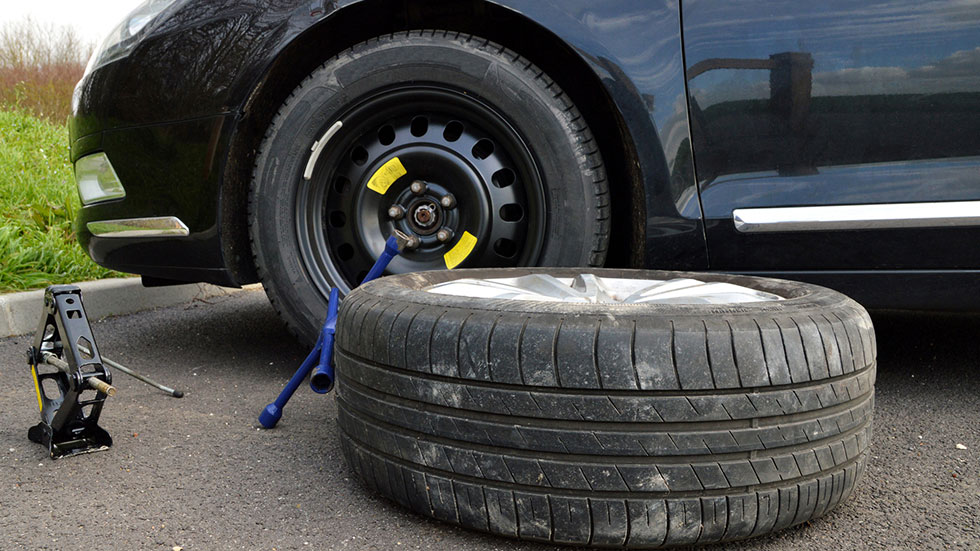How to Tell if Your Spare Tire is Bad
The telltale signs of deterioration, plus where to find the expiration date for your spare tire


Any responsible vehicle owner will have a routine when it comes to monitoring and identifying problems with their vehicles. Whether it's addressing dashboard lights, checking the oil and other fluids under the hood periodically, or setting tire pressure and checking treads, routine maintenance helps minimize problems before they become expensive repairs.
But what about spare tires? Believe it or not, since these oft-forgotten vehicle components are stored out of sight, they seldom make the regular maintenance checklist.
This is an unfortunate oversight, because spare tires need the same consideration as the tires you drive on every day, even if they’re only used once or twice during the lifetime of your car. This means they need to be checked at least a few times a year. Ultimately, checking your spare tire could help you avoid being stranded at the side of the road with a flat tire and nothing but a dusty, deflated, and useless spare tire in the trunk.

What happens to an unused spare tire?
For the 66% of vehicles sold that still include them, spare tires come in a variety of styles. Even though most are made for driving at slower speeds for shorter distances, the rubber on your spare tire is subject to rubber degradation—just like your everyday tires—especially as seasons change and temperatures fluctuate. The expansion and contraction from these temperature changes will be even more pronounced if the tire is underinflated, and can eventually lead to cracks or dry rot.
Vehicle owners should check their spare tire at least a few times a year for signs of damage, and to ensure it will be ready when it’s needed. Regular inspection of your spare tire is a good practice that can save you a giant headache in a stressful moment. A good rule is check your spare tire whenever you refill the air in your everyday tires.

Can spare tires go bad?
Any tire—whether it's one you drive on every day or the seldom-used spare in your trunk—has a lifespan. Usually this is in the 5- to 7-year range, but some can last up to 10 years, depending on how they’re stored.
Each tire is subject to the natural degradation of its rubber compound. As time progresses, seasons change, and temperatures fluctuate, not only does the rubber compound expand and contract, it also oxidizes as it is exposed to heat, ultraviolet light, ozone from pollution, and even the air around it. This process can take many years but is inevitable.
Generally speaking today's tires have a life expectancy of 6 years with spare tires lasting up to 10 years. It depends on the conditions in which the spare tire is stored and how the vehicle is driven. A vehicle parked in the sun or with a spare mounted will have tires that deteriorate more quickly, while a spare in the trunk and protected from the elements can last longer.

Do tires have an expiration date?
As tires roll off the assembly line at the factory, each is stamped with a 4-digit manufacture date printed on its sidewall. Knowing how to identify this date is the only way to truly gauge the age of your tire. The first two digits indicate the week it was manufactured, while the last two digits indicate the year. For example, a code that reads 2523 indicates that the tire was manufactured in the 25th week of 2023. In this example, the tire would "expire" in the 25th week of 2029.
Spare tires, particularly donuts, are only made to drive on for short distances at slower speeds, so they will have a simpler tread pattern and often feature thinner sidewalls. As such, monitoring them for signs of deteriorating rubber is especially important.
Often referred to as dry rot, expired tires may show signs of cracking or hardening as their expiration date approaches. Driving on tires that show signs of cracking can be particularly dangerous, as these tires are much more likely to fail.
